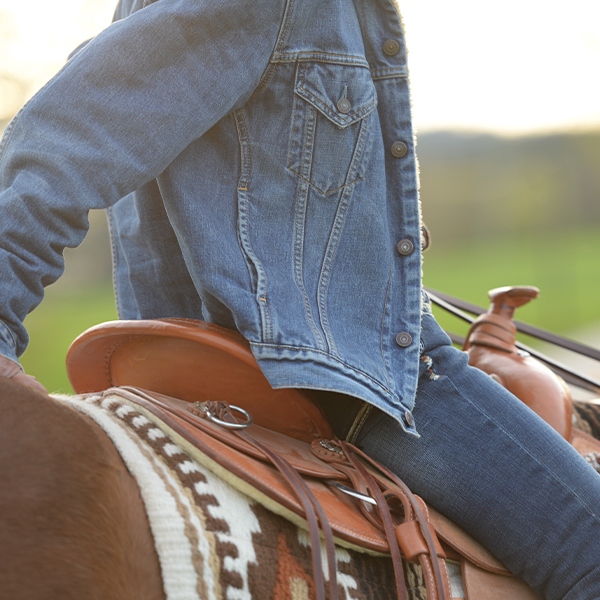As the winter months come to an end, equestrian athletes and equine enthusiasts eagerly anticipate the arrival of spring.
Spring is a time of renewal and rejuvenation, and for many equestrians, it marks the start of the sports season. However, before diving headfirst into training and competitions, it is crucial to address any lingering injuries and prepare the body for the demands of upcoming equestrian events.
Before embarking on any equine-related activities, it is essential to assess the state of your body. If you have been dealing with an injury or experiencing any discomfort or pain, it is crucial to seek proper medical attention. Ignoring or neglecting injuries can lead to further damage and hinder your performance. Consult with a healthcare professional to develop a personalized rehabilitation plan that addresses your specific needs.
Just as preparing your equine for spring, rehabilitation requires consistency and dedication. Establishing a routine that includes targeted exercises, stretching, and physical therapy sessions can help accelerate the healing process and improve overall strength and flexibility. Work closely with a qualified physical therapist or trainer to create a rehabilitation plan that aligns with your goals and takes into account the specific requirements of your event.
As your body heals, it is essential to gradually reintroduce physical activity. Rushing back into full training or competition mode can increase the risk of re-injury. Follow the guidance of your healthcare professional and gradually increase the intensity and duration of your workouts. This approach will allow your body to adapt and build the necessary stamina and endurance for upcoming events. Even if you’re injury free, jumping head first into intense workout sessions can increase the risk of injuries. Always begin new training routines gradually and increase as your fitness level increases.
Incorporating cross-training and conditioning exercises into your routine can be beneficial for both injury prevention and performance enhancement. Engaging in activities such as swimming, cycling, or yoga can help improve cardiovascular fitness, build muscular strength, and enhance flexibility. These activities can also provide a break from the repetitive motions of equestrian sports, reducing the risk of overuse injuries. As discussed in prior Rider Health articles, core strength and flexibility are key parts of both conceptions, and remaining injury free.
Proper nutrition and hydration play a vital role in the rehabilitation process and preparing for events. Ensure that you are consuming a well-balanced diet that includes an adequate amount of proteins, carbohydrates, and healthy fats. Stay hydrated by drinking enough water throughout the day. Stay away from extra sugar, and fatty foods. This is the time for us to all rid ourselves of our “winter weight.”
Rehabilitation and preparation for equine events and activities go beyond physical aspects. Mental preparation is equally important. Set realistic goals, visualize success, and maintain a positive mindset throughout the process. This is the time to set attainable goals: write them down, set short term goals that are attainable, set long term goals, and enlist a friend to hold you accountable.
Spring brings excitement for equine events, but it is crucial to prioritize rehabilitation and preparation to ensure a successful and an injury-free season. By recognizing the need for rehabilitation, establishing a routine, gradually returning to activity, incorporating cross-training, focusing on nutrition and hydration, and prioritizing mental preparation, equestrians can maximize their performance and enjoy a rewarding and fulfilling spring. In the same manner that equestrians focus on preparing their horses for the demand of spring events, riders must also prioritize their own preparedness. Remember, taking care of your body and mind is the key to long-term success in any equine endeavor.









